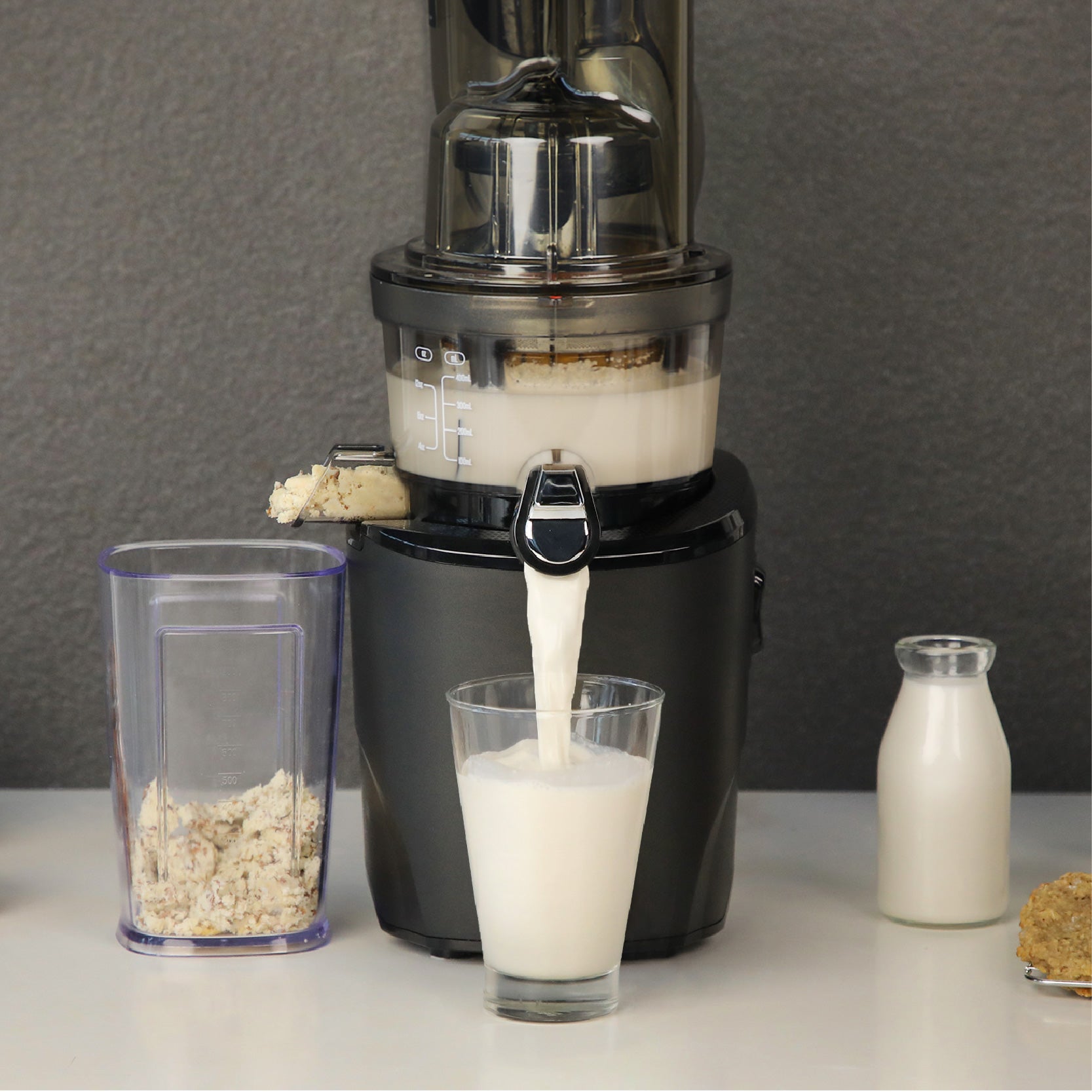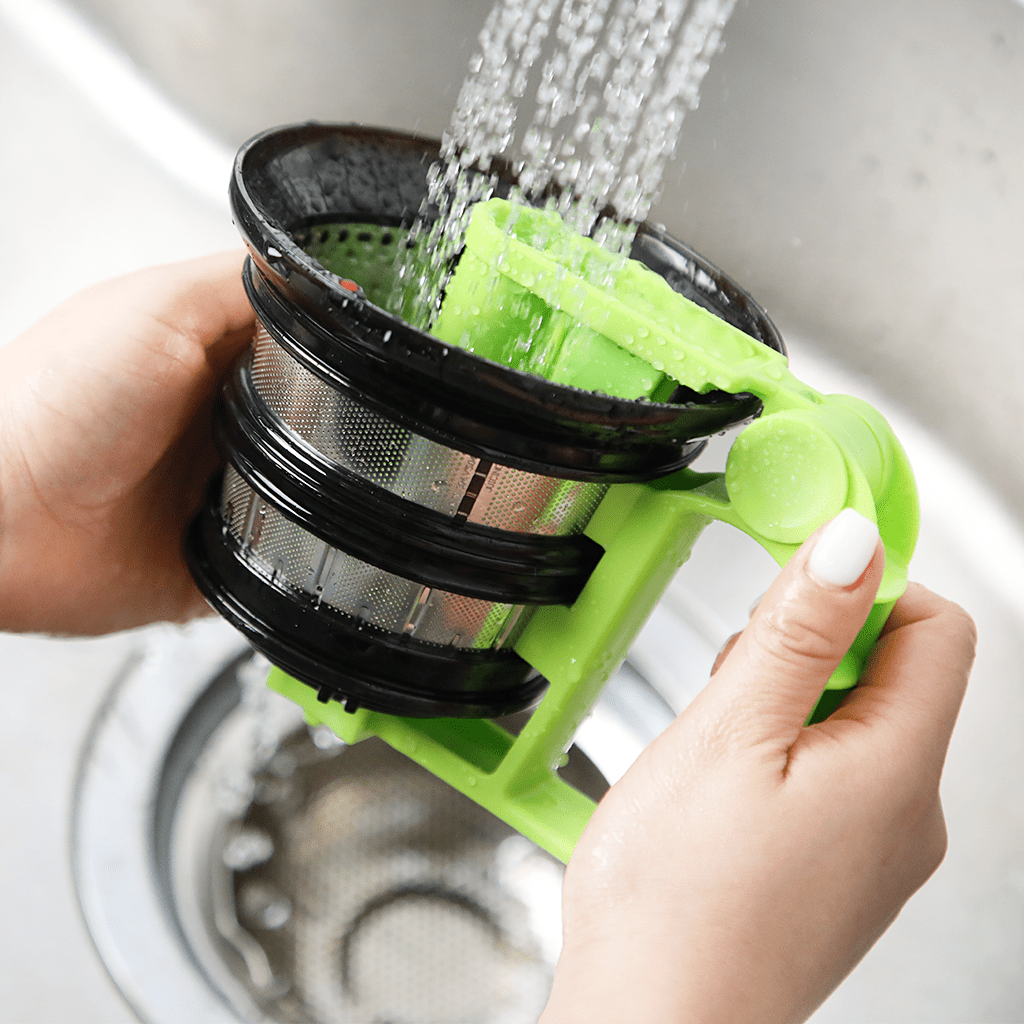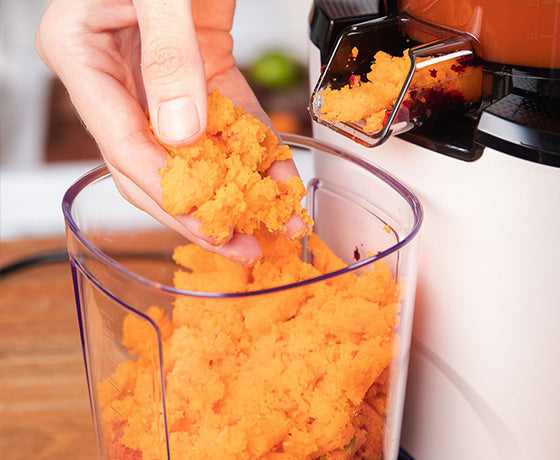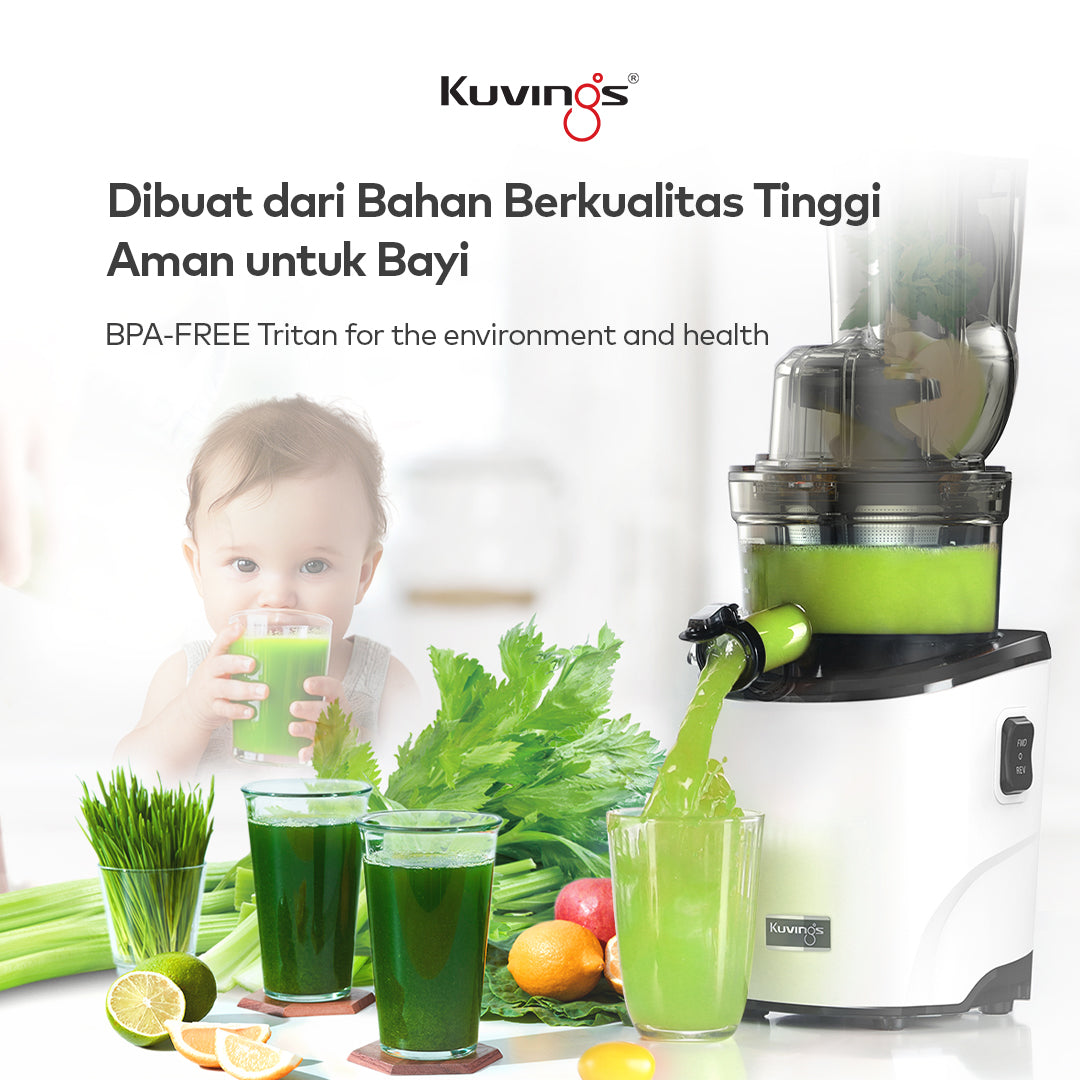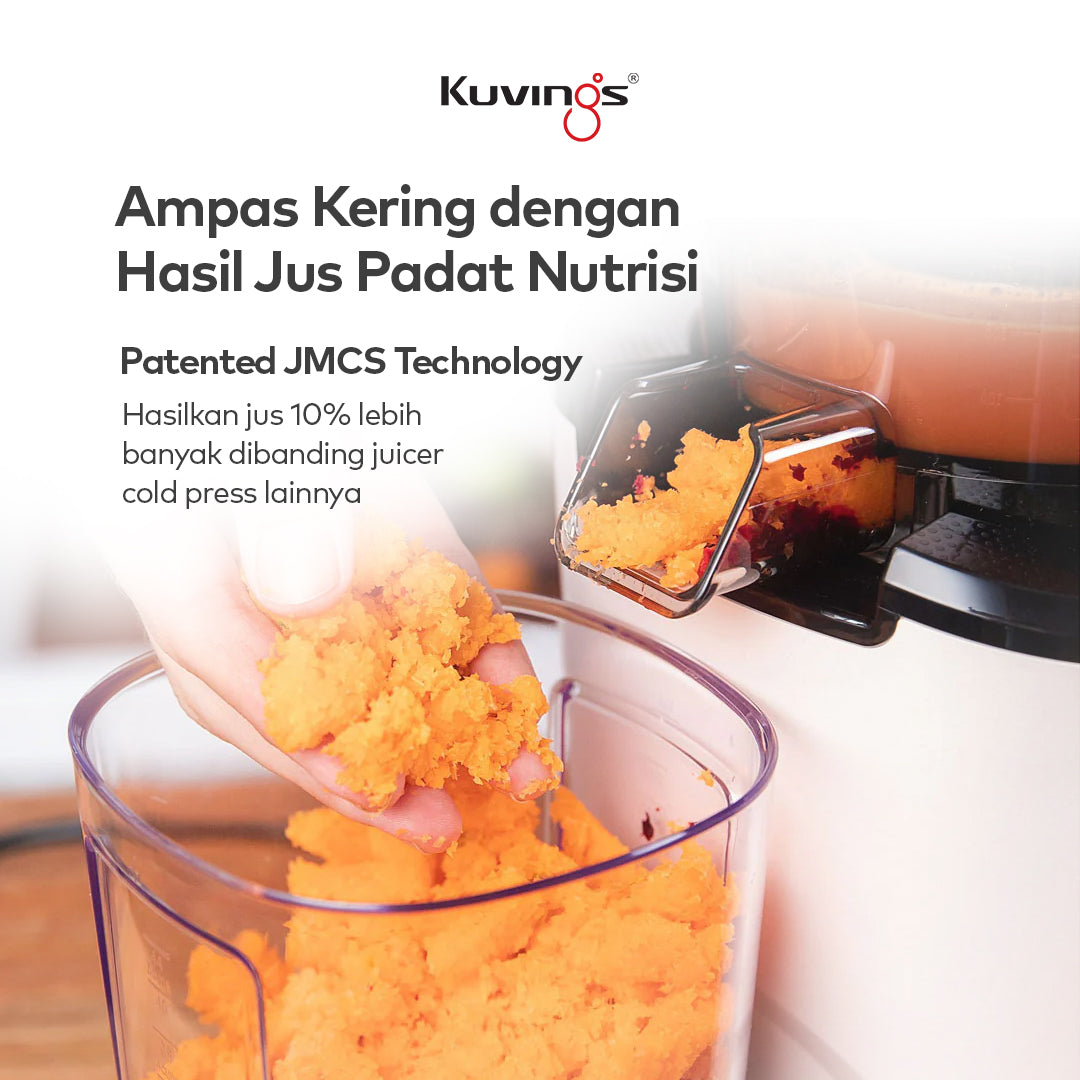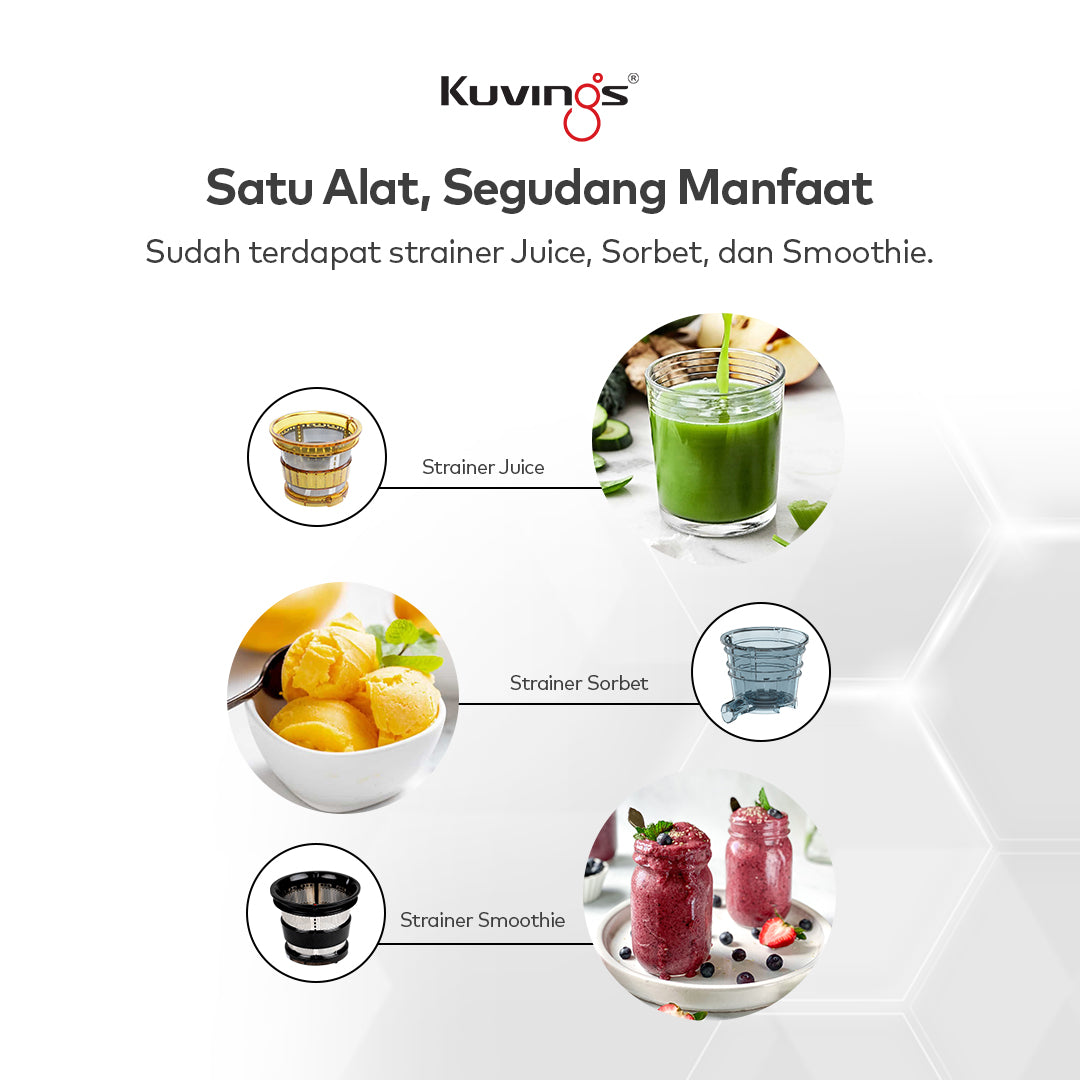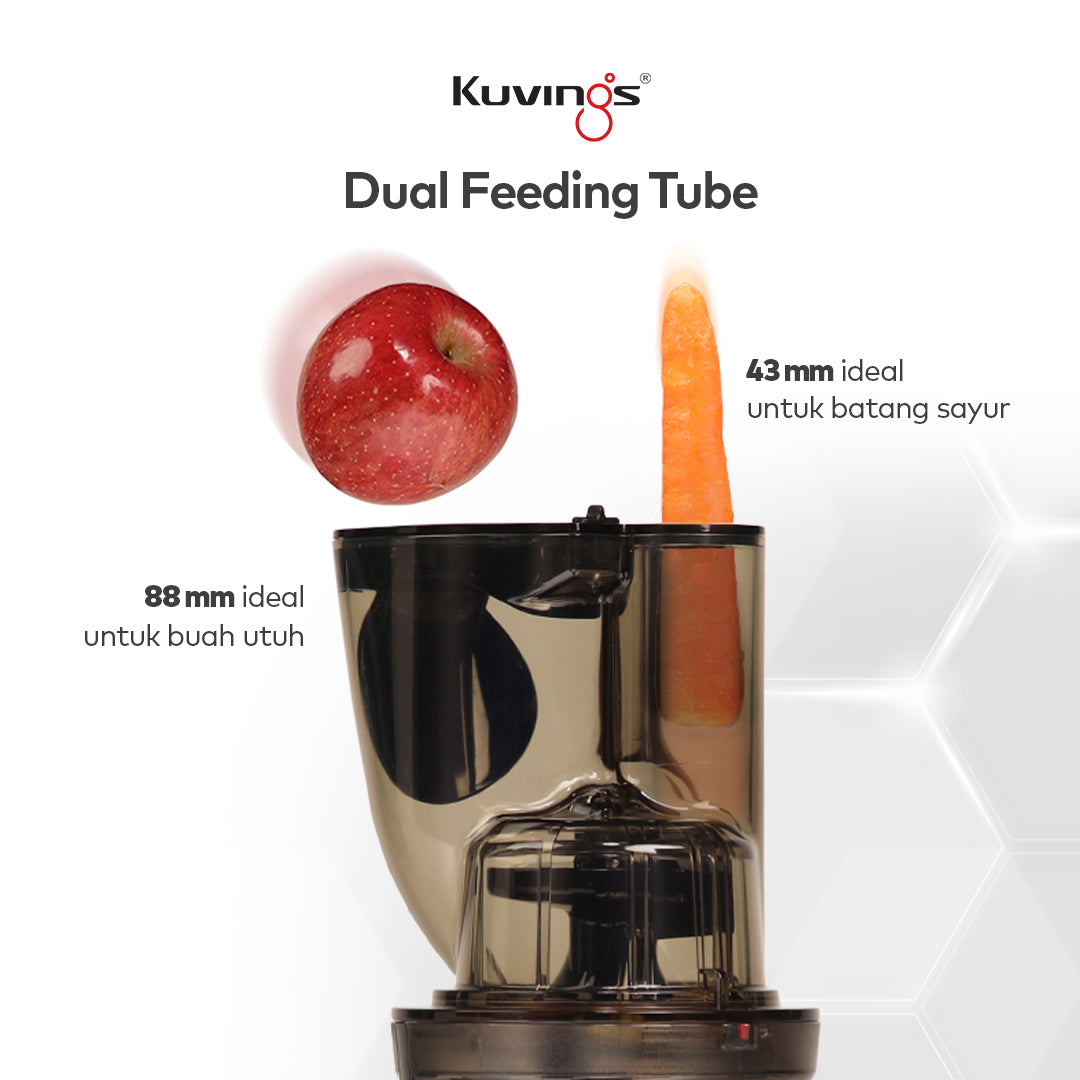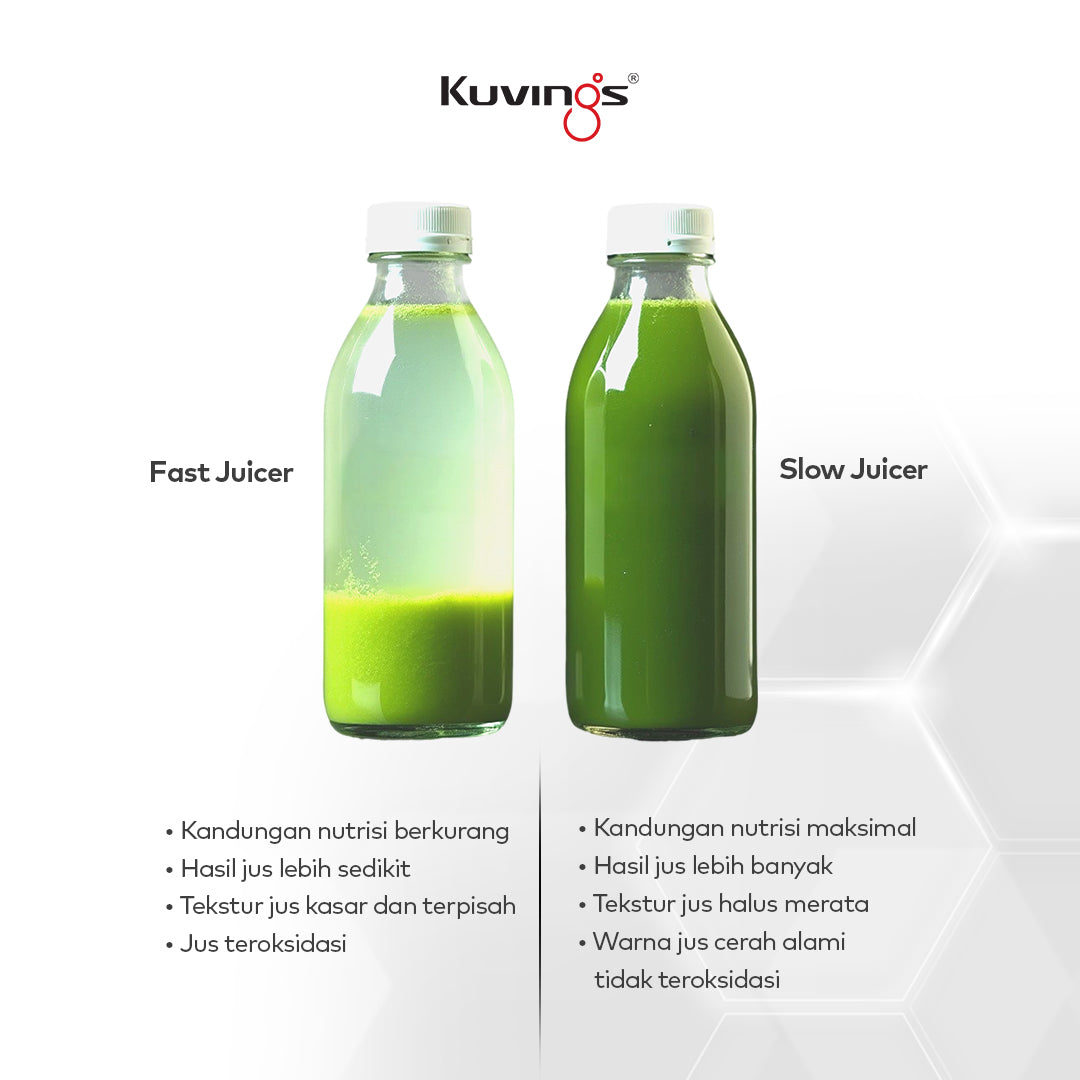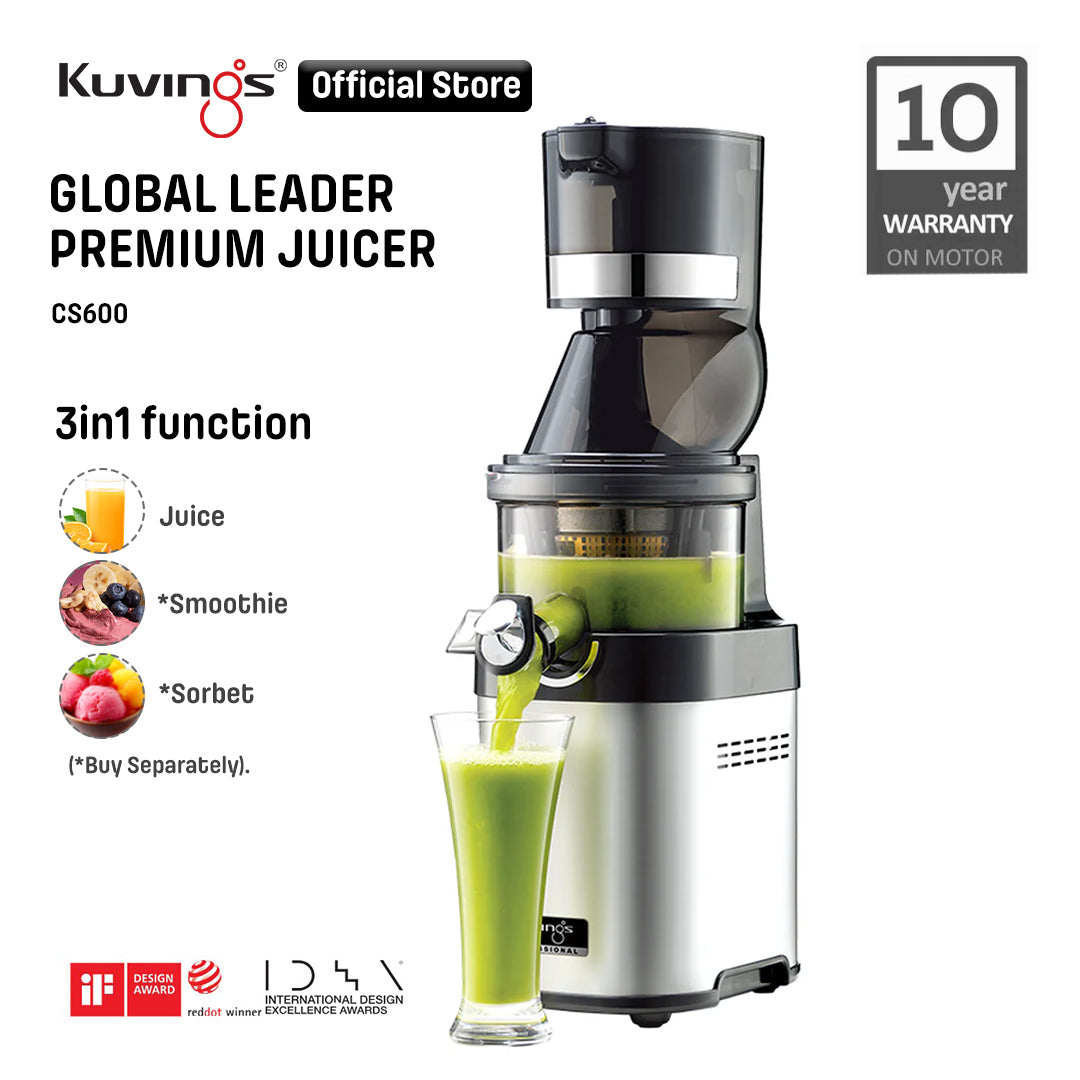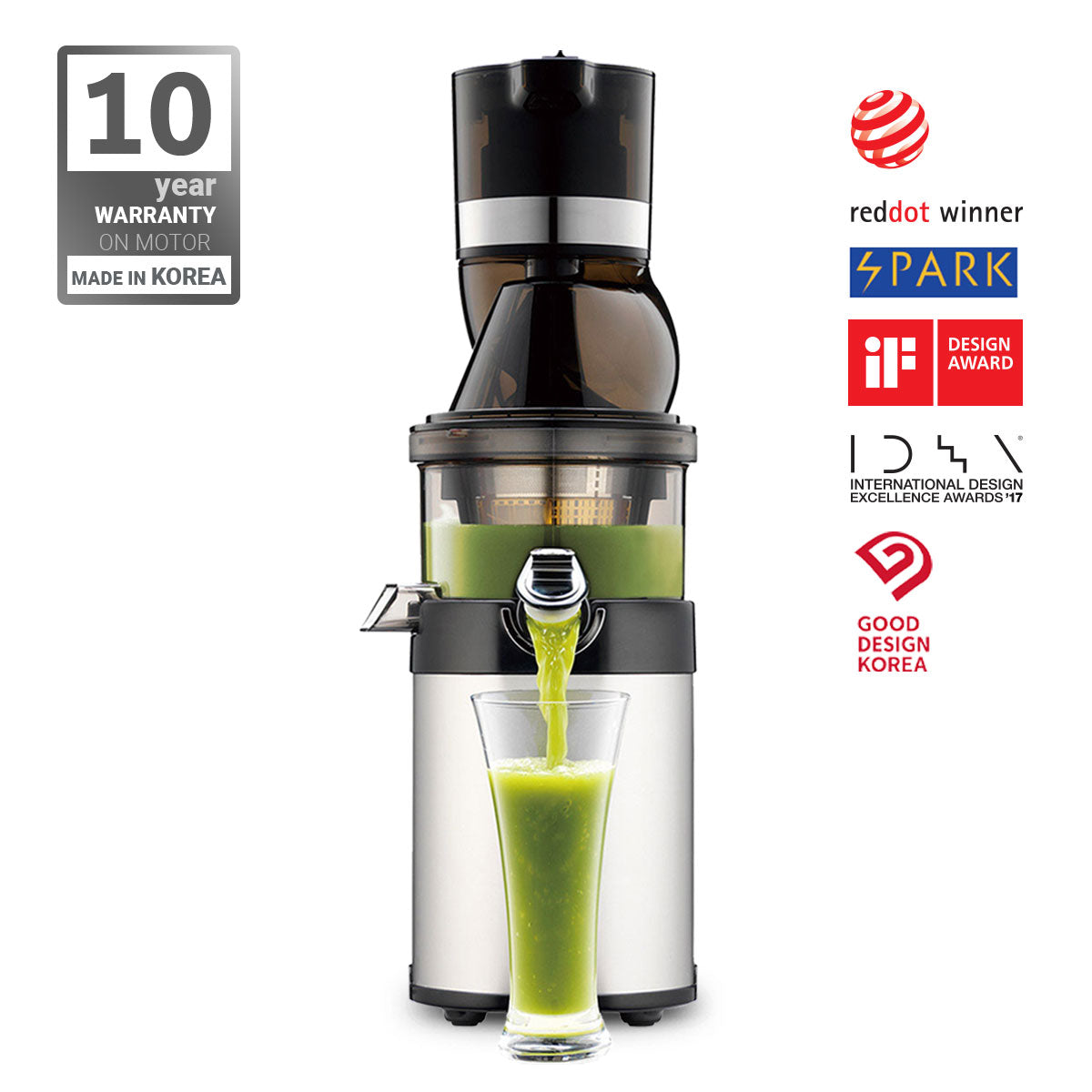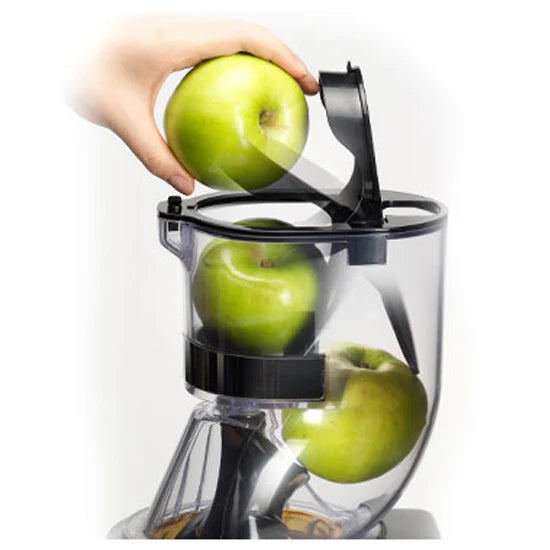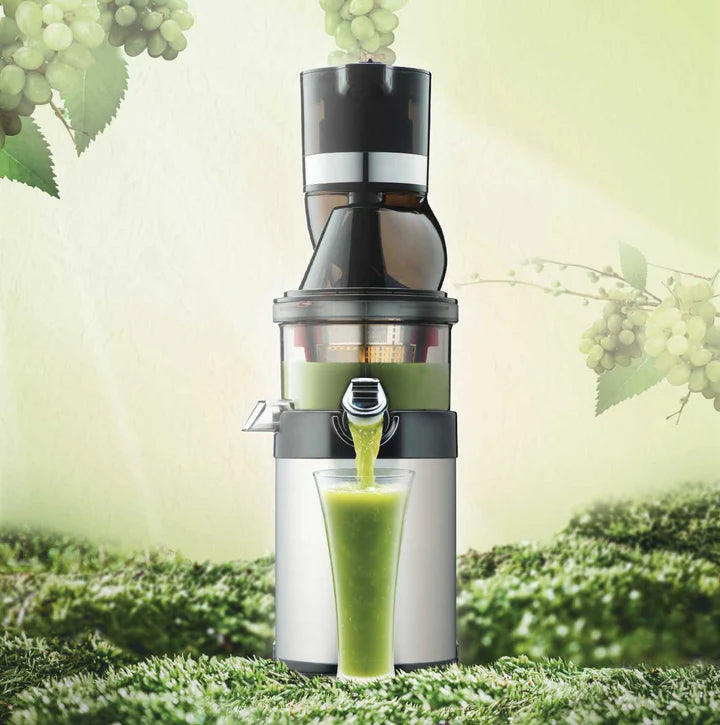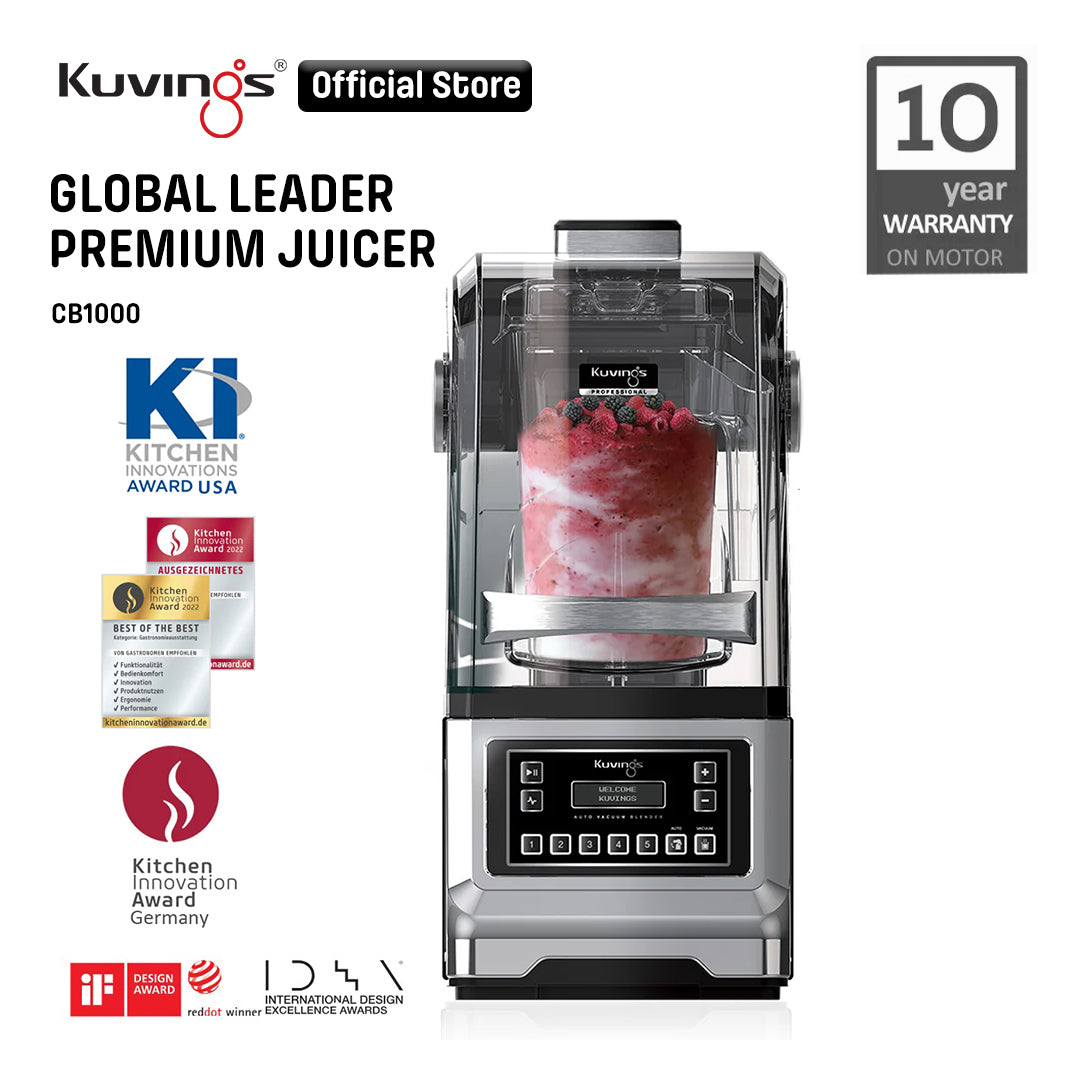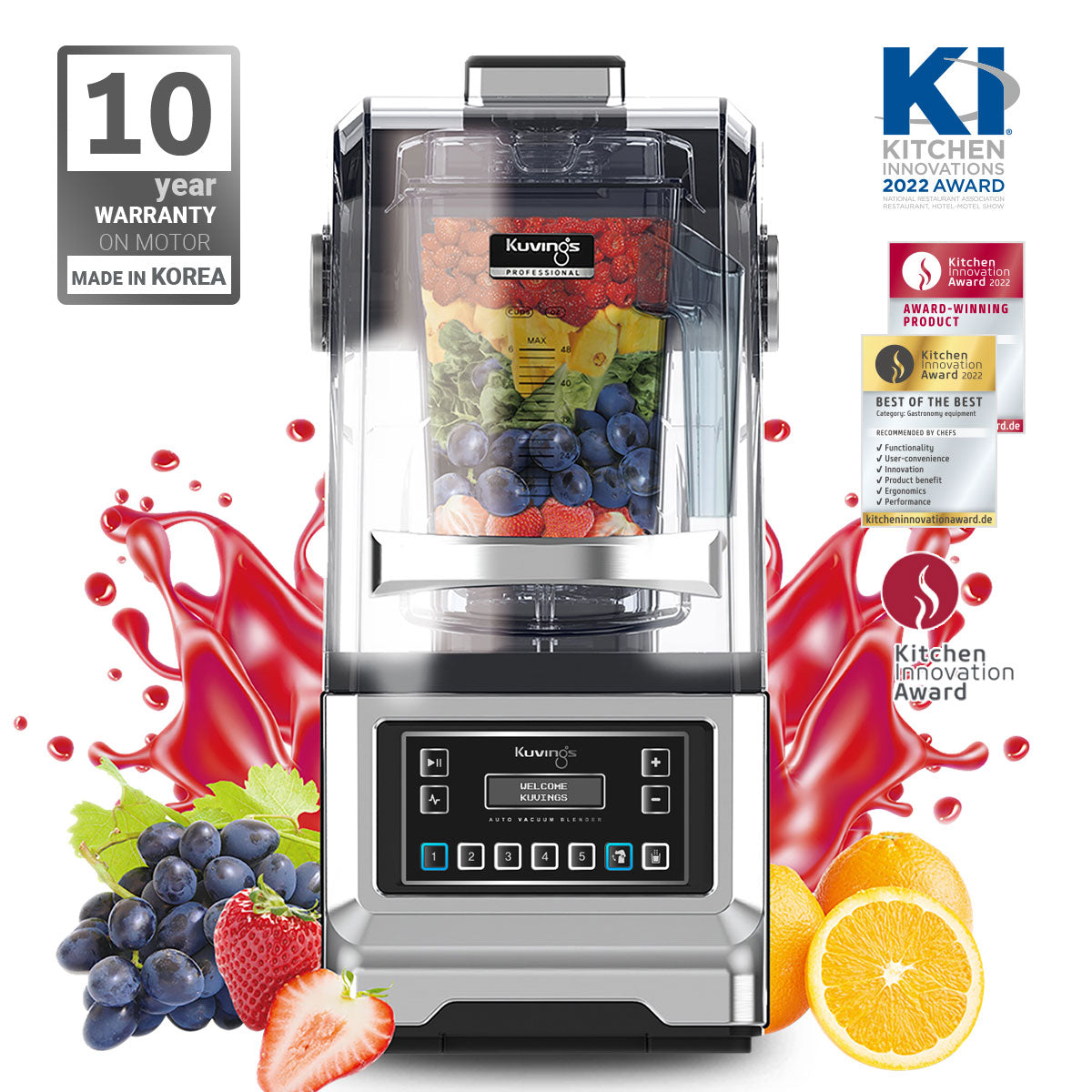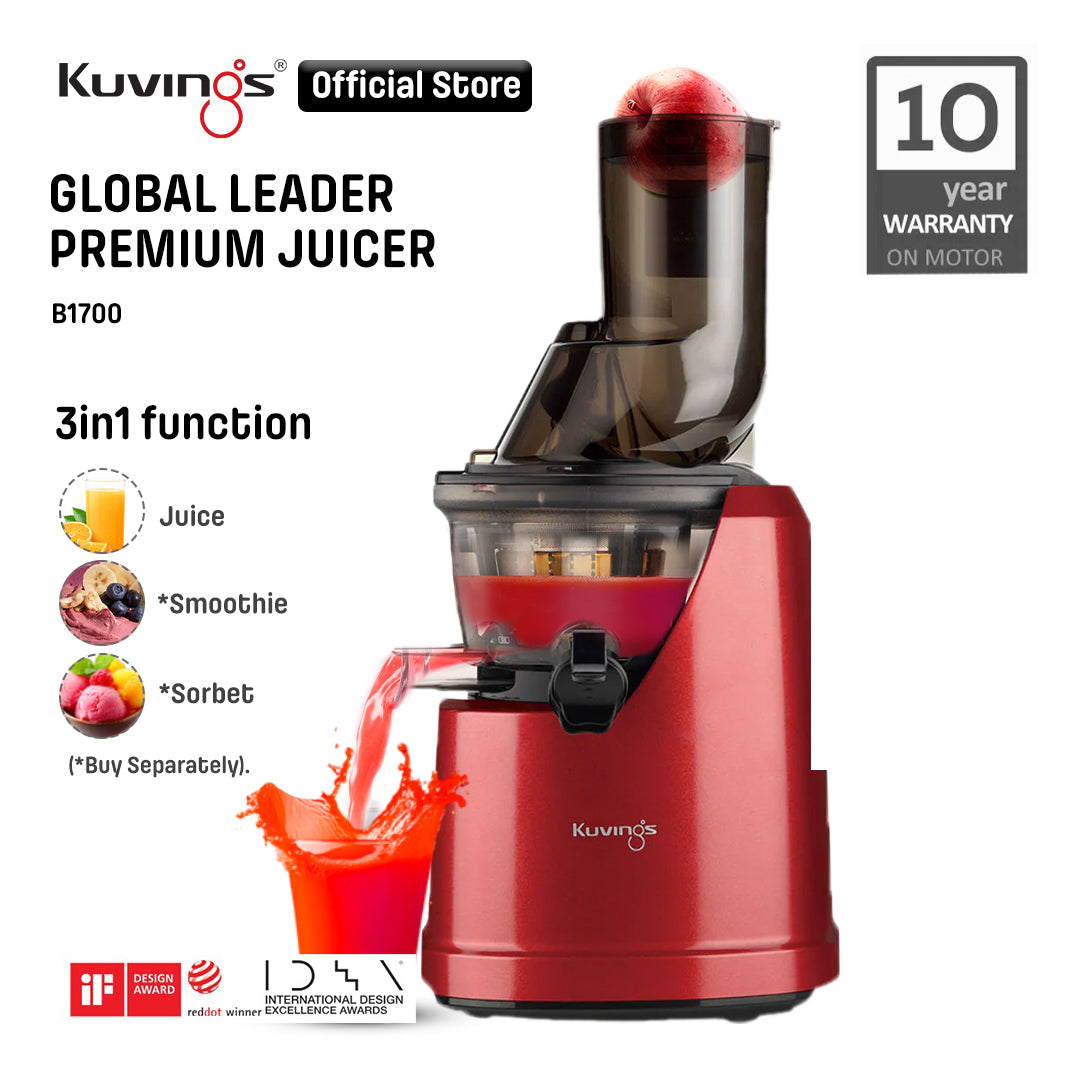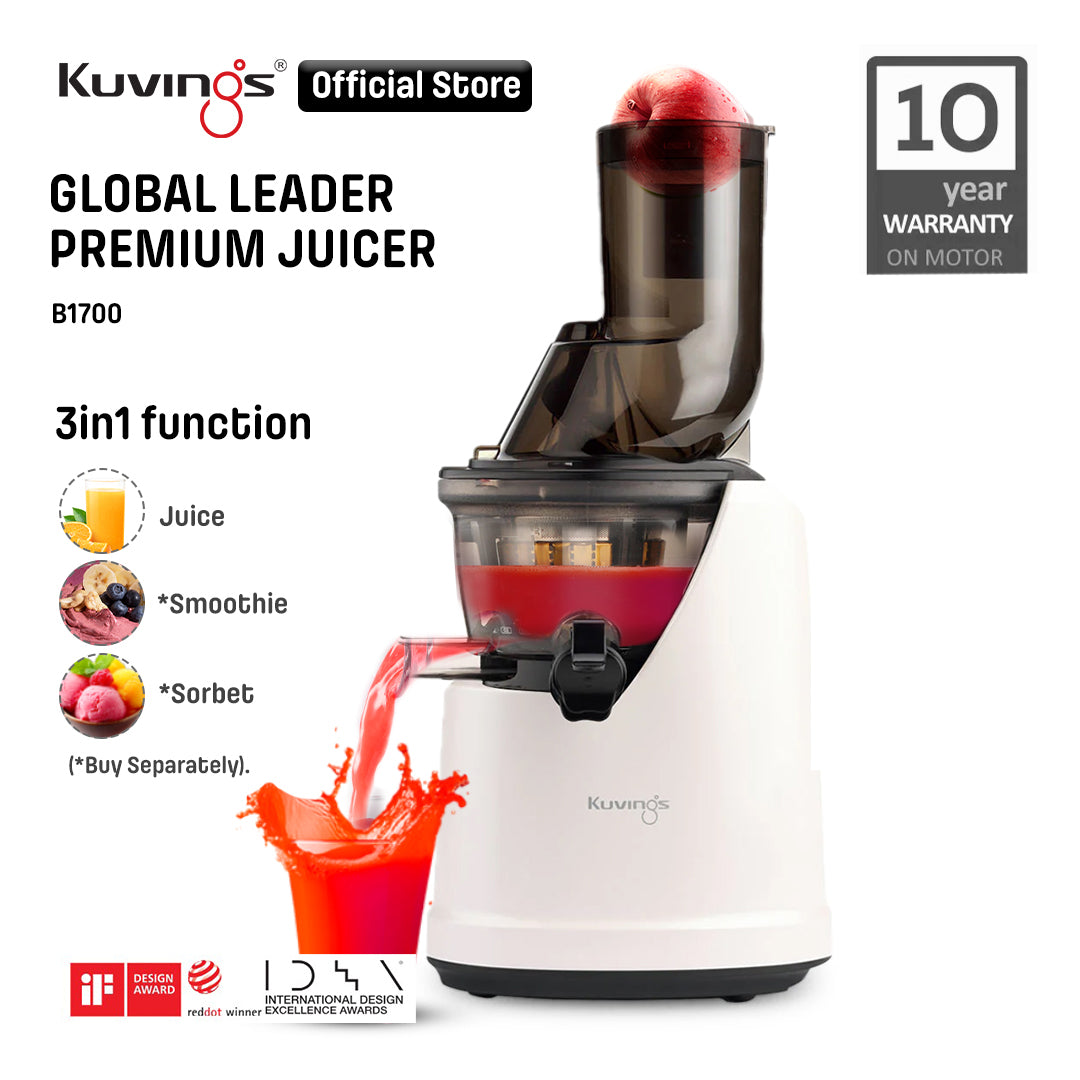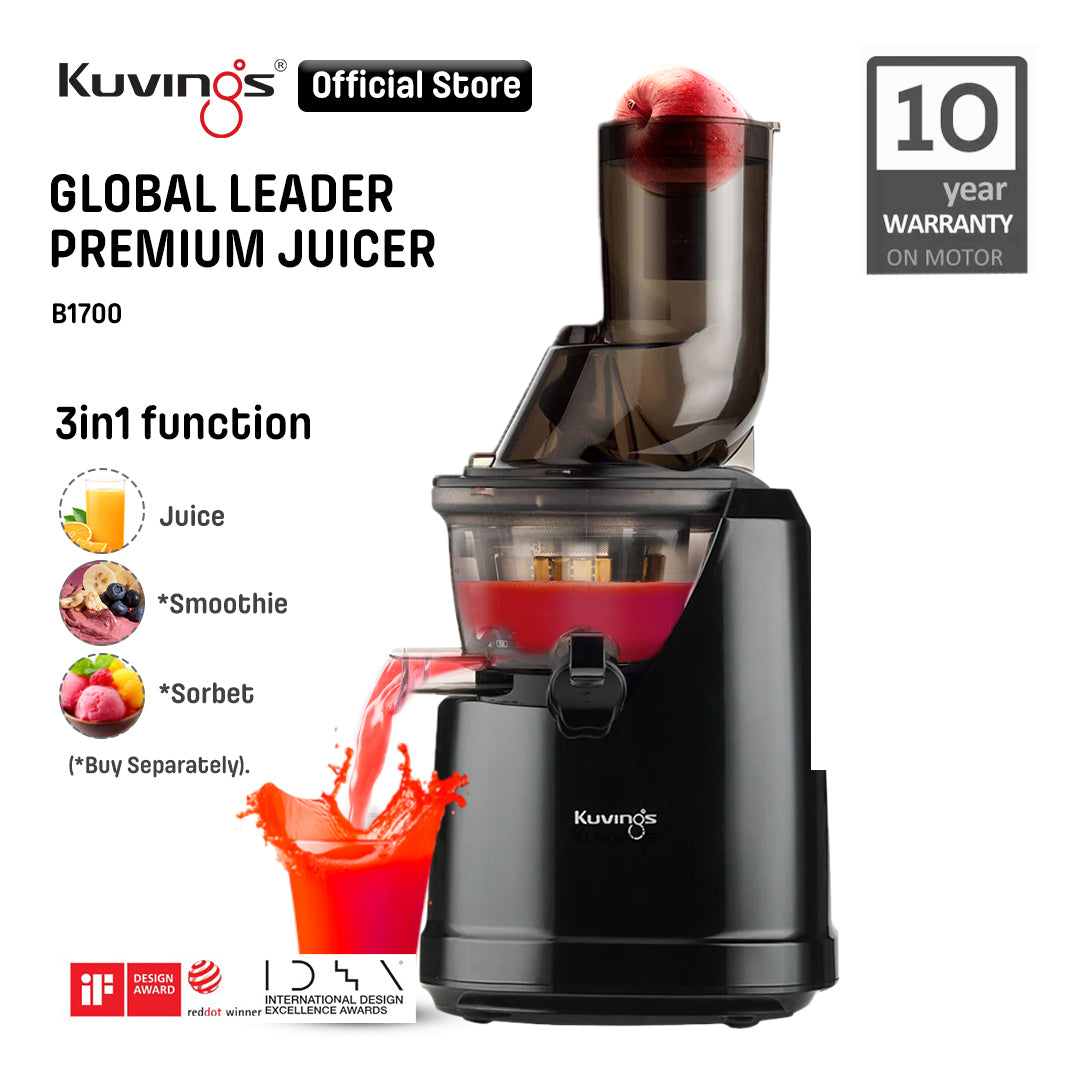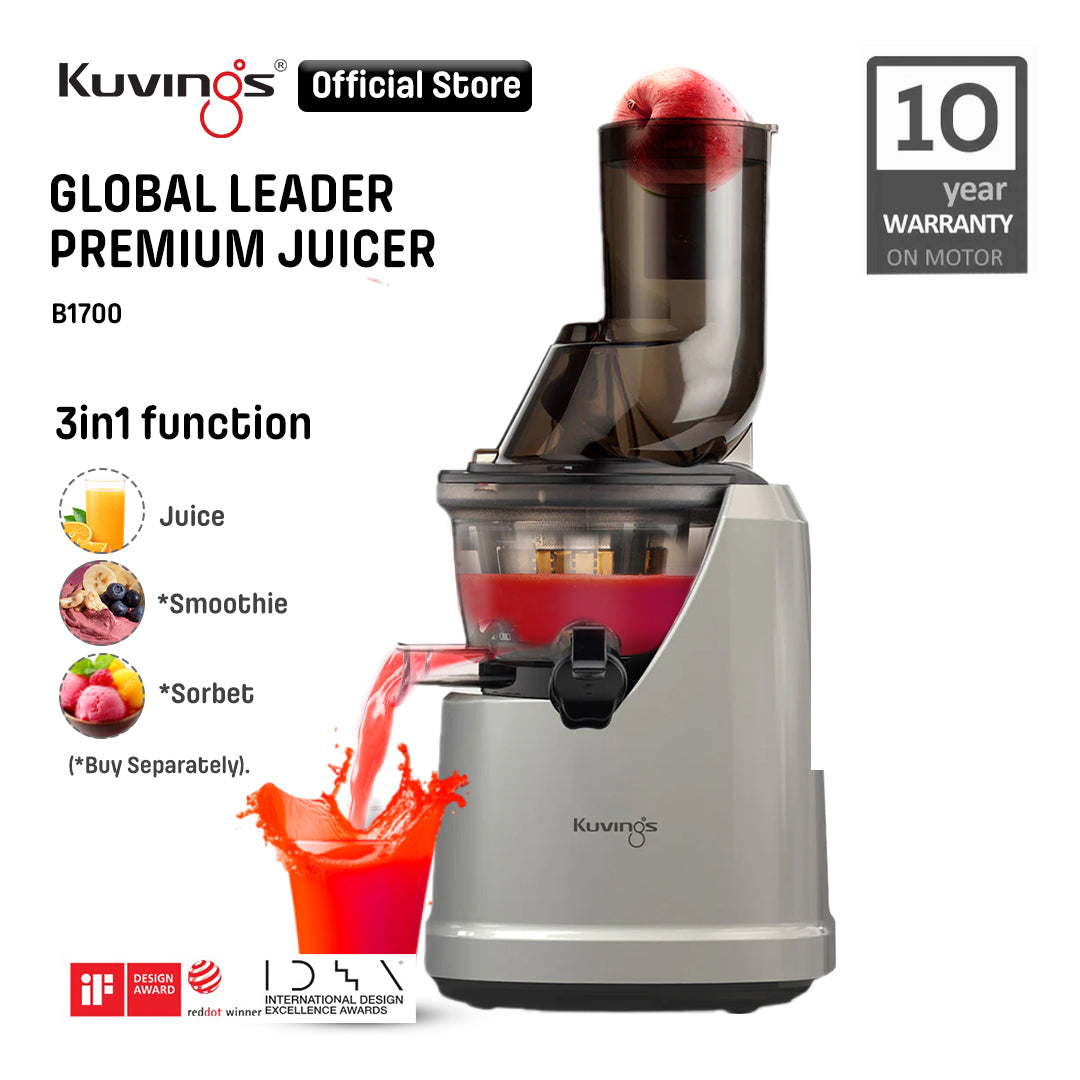🍉 3 Fun Ways to Make Fresh and Unique Watermelon Juice 🍉
Watermelon not only offers sweet flesh, but also other parts that can be processed into fresh and healthy juice. Here are three creative ways to enjoy watermelon juice:
1️⃣ Juice Only Fruit Flesh
The most common classic way — simply scoop out the watermelon flesh and put it through a juicer to get a refreshing, natural sweetness.
2️⃣ Watermelon Rind Only Juice
Don't rush to throw away watermelon rinds! The nutrient-rich rind can be processed into a unique and healthy juice.
3️⃣ Watermelon Flesh and Rind Juice
This combination produces a more complex juice with a sweet taste from the fruit flesh and a fresh sensation from the skin.
💡 Tip: This method has been tested using a slow juicer from the Kuvings Slow Juicer Collection . If you are using another juicer, make sure your machine is capable of processing watermelon rind properly.
Good luck and enjoy the natural freshness of watermelon in more varied ways! 🥂
Juice Only Fruit Flesh

The most popular way to make watermelon juice is by using the sweet red flesh — the part we enjoy most. In addition to its delicious taste, watermelon flesh is rich in water, at 92% , making it the perfect drink to hydrate the body.
Not only that, watermelon flesh also contains natural electrolytes that help maintain the body's fluid balance. Even more interesting, watermelon contains 40% more lycopene than raw tomatoes, making it an excellent source of antioxidants for heart and skin health.
The result? A bright red juice that is refreshing, rich in flavor, and ready to brighten up your day! 🥤
🍉 Watermelon Rind Juice: A Smart and Healthy Way to Reduce Waste 🍉
It may sound weird, but yes, watermelon rinds can be made into a refreshing and beneficial juice! If you usually only enjoy the flesh of the fruit, using the rind is a smart way to reduce waste and add nutrients to your diet.
Watermelon rind is rich in essential nutrients such as vitamin C, vitamin A, vitamin B6, potassium, and zinc . Not only that, this part also contains chlorophyll , citrulline (an amino acid that is good for blood circulation), as well as flavonoids and phenolic compounds that act as antioxidants.
Low in calories but high in nutrients, watermelon rind juice can be a refreshing, healthy addition to your daily routine. 🌿🥤

Don’t worry if you think the tough watermelon rind will ruin your Kuvings juicer. The Kuvings Whole Slow Juicer is designed to handle watermelon rind with ease. Sure, the juicer may sound a little louder as the screw works harder to cut and crush the rind, but the results are still optimal — juice and pulp will come out smoothly in no time. Keep in mind, watermelon rind juice won’t be as sweet as the flesh juice. Like the rind of most fruits and vegetables, it tends to be a little bitter, but still refreshing and refreshing. The color of the juice will also vary, usually green with the intensity depending on the color of your watermelon rind. If your watermelon rind is dark green, the juice will be bright and appealing!
Meat and Skin


The juice from the whole watermelon has a sweet taste typical of watermelon with a light touch of bitterness. This combination is suitable for those of you who like the taste of watermelon but want to reduce the level of sweetness that is too dominant. In terms of appearance, the color tends to be dark red with a slight brown nuance, not as bright as juice that only uses watermelon flesh. Don't worry if over time this juice appears layered; it is not a sign of oxidation, but rather a natural separation due to the difference in particle density of the flesh and rind of the watermelon.
Each method has its pros and cons, but hopefully one of them will suit your tastes and juicer. If you try any of these methods, we’d love to hear about your experiences! Feel free to share your stories and juicing results on our Instagram and Facebook.

